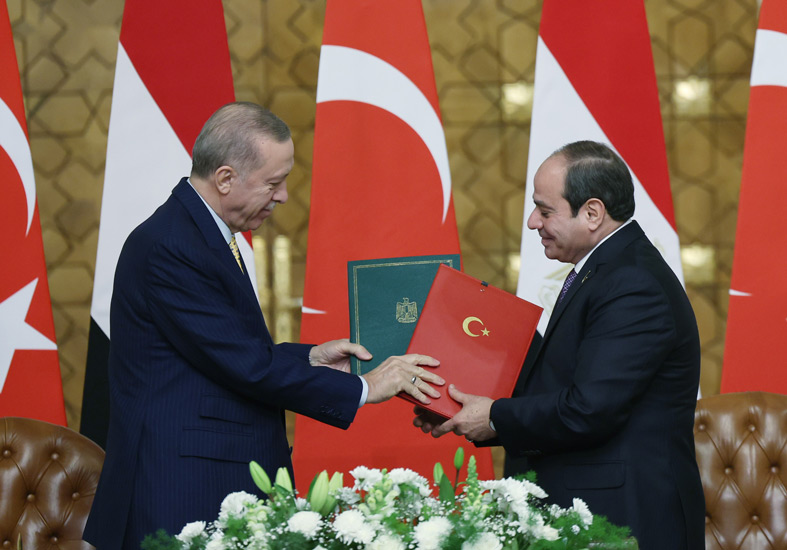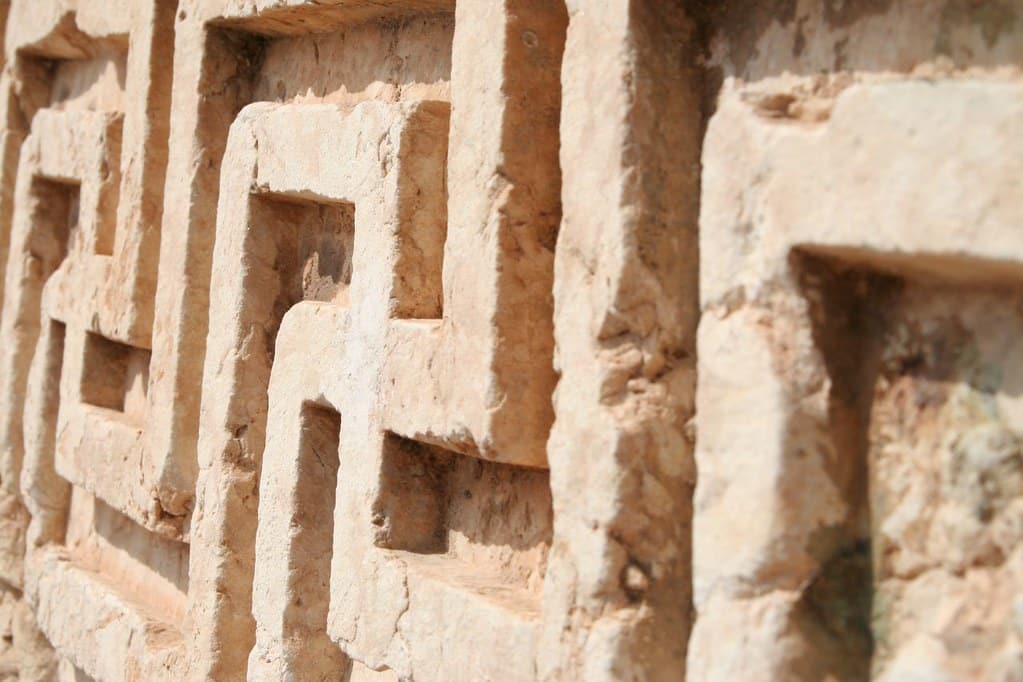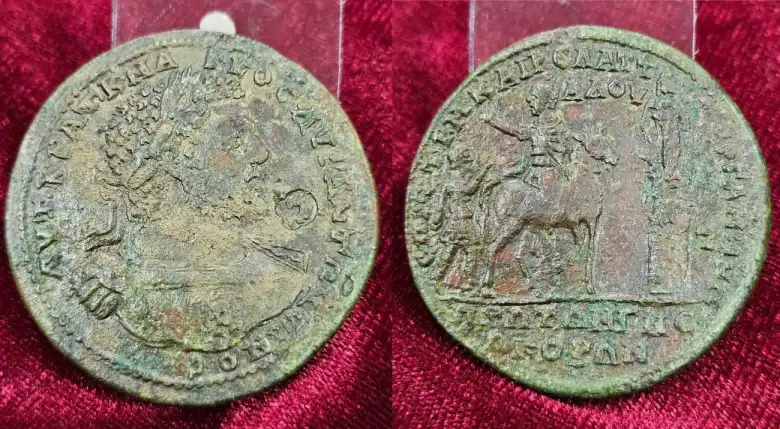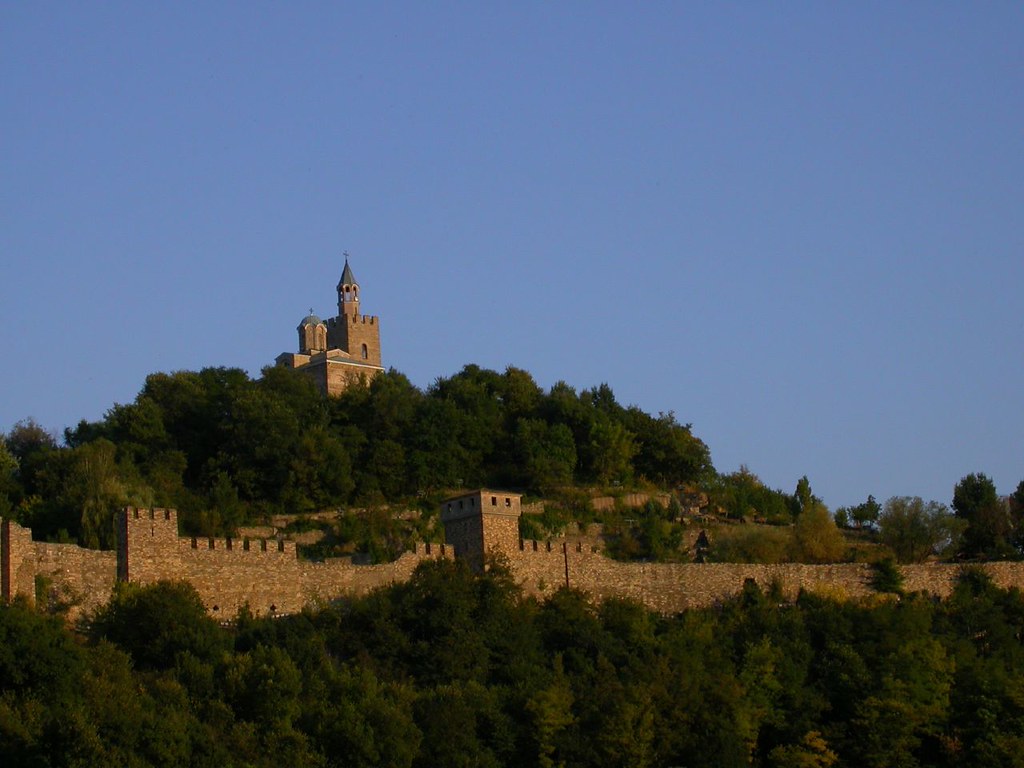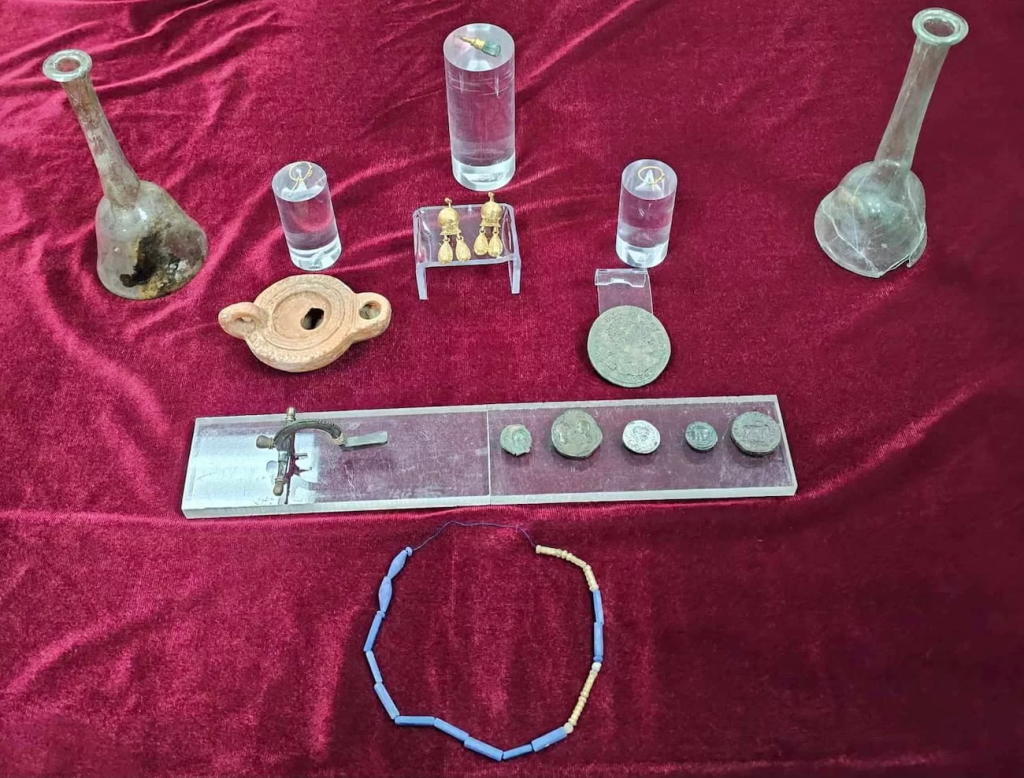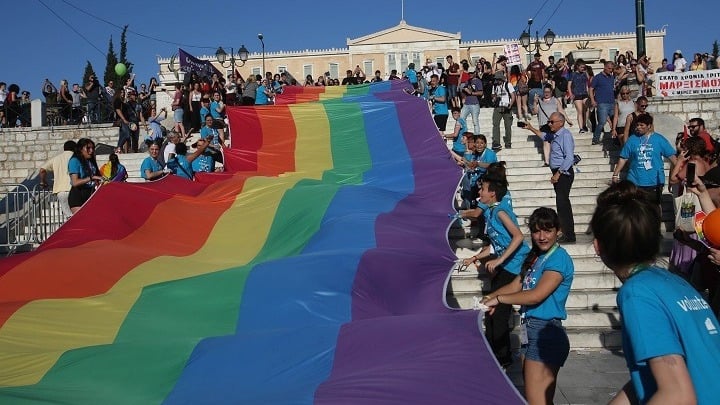
Greece has approved a bill on same-sex marriage on Thursday in a landmark reform promoted by the conservative government over the opposition of the country’s powerful Orthodox Church.
“The vote has passed: as of tonight, Greece is proud to become the 16th EU country to legislate marriage equality,” Greek Prime Minister Kyriakos Mitsotakis posted on X. “This is a milestone for human rights, reflecting today’s Greece — a progressive, and democratic country, passionately committed to European values,” he added.
Mitsotakis, who personally spearheaded the bill, had urged lawmakers to “boldly abolish a serious inequality” in Greek democracy that had rendered same-sex families “invisible”.
The reform would “significantly improve the lives of quite a few of our fellow citizens, without taking away anything from the lives of the many”, he added.
The bill, “Equality in civil marriage, amendment of the Civil Code and Other Provisions” implements the constitutional principle of freedom and the constitutional principle of equality, Parliament’s Scientific Service said in its report on the bill, which went to the plenary for discussion on Wednesday.
Several members of the ruling New Democracy party legislators opposed the bill, but support from opposition parties made it pass. A majority vote of 176 member of the parliament ensured the bill’s passage.
In the previous days, during the processing of the draft law in the committees of the Parliament, the rapporteurs of ruling New Democracy, the main opposition SYRIZA, and the opposition parties PASOK, New Left and Plefsis Eleftherias were in favor of the bill in principle.
The Communist Party of Greece (KKE), Greek Solution, Niki and the Spartans were against the bill. Voting took place by roll call, as requested by the required number of deputies.
Greece passed legislation in 2015 allowing civil unions between same-sex people. The new law goes further to allow child adoption, while excluding the option of surrogacy.
Same-sex couples can now also adopt in Greece, but not have a baby through a surrogate. Like in much of the EU, surrogacy remains a thorny issue and Greek Prime Minister Kyriakos Mitsotakis, who tabled the legislation as “a matter of equality,” clarified early on that this was not something he was willing to tackle.
“The idea of women who are turned into child-producing machines on demand … that is not going to happen.”
Prime Minister Kyriakos Mitsotakis stressed that he respected the disagreements both within ND’s parliamentary group and the Greek Church but added that the law “adds a right to some without taking away a right from the many.”
“Previous disagreements have not harmed the relationship between the State and the Church,” he added.
Orthodox Church opposes same-sex marriage
Prior to the vote, the Ecumenical Patriarchate in Istanbul, which heads Orthodox churches around the world, expressed its opposition to the same-sex marriage proposal.
“Marriage is the union of man and woman under Christ…and the church does not accept the cohabitation of its members in any form other than marriage,” the Ecumenical Patriarchate said.
It echoed a decision by the Holy Synod, the highest governing body of the Church of Greece on Tuesday.
The Holy Synod’s written objections was sent to all members of Greece’s Parliament and read out at Sunday services around the country on February 4th.
“What the church says is that marriage is the union of a man and a woman and that is the source of life,” he told private Skai television. “The elders of our church are concerned with defending and supporting the family.”
Related: What We Can Learn from Plato about Same-Sex Marriage






